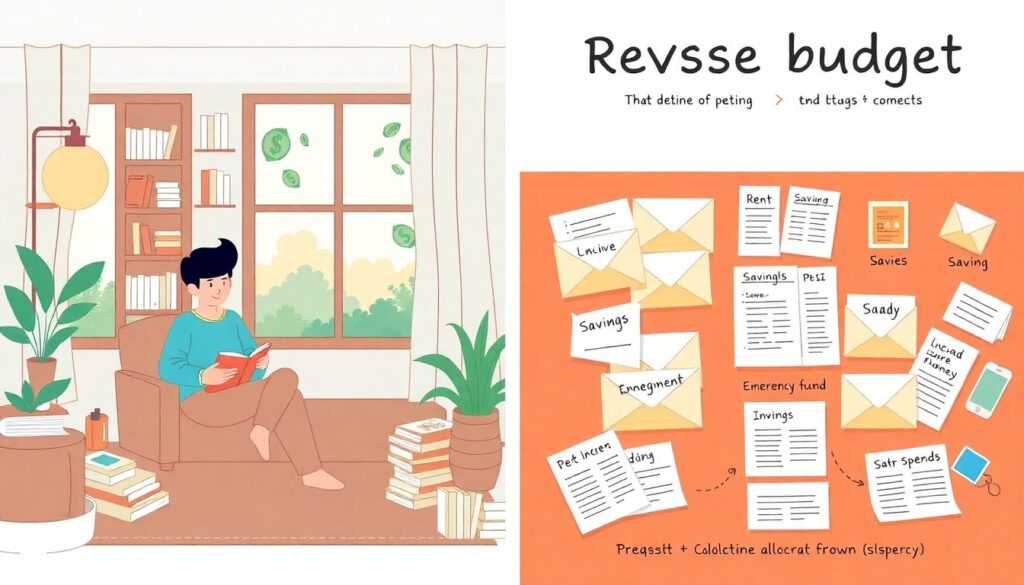Understanding the Debt-Savings Paradox
Replacing debt with savings may sound straightforward, but for many beginners, the transition is riddled with psychological and financial roadblocks. The paradox lies in the fact that while debt offers immediate solutions, savings require delayed gratification. Many individuals fall into the trap of minimum payments, believing they are managing their finances, when in reality, they’re prolonging financial instability. Shifting this mindset is the first and most critical step.
Real-World Case: From Credit Cards to Cash Cushion
Consider the case of Maria, a 29-year-old graphic designer from Austin, Texas. She carried a revolving credit card balance of $8,000 for over three years, paying only the minimum each month. After attending a local financial literacy workshop, she decided to create a “debt-replacement plan.” She switched to a cash-only lifestyle, sold unused electronics, and took on freelance gigs. Within 14 months, she paid off her debt and had $2,000 in an emergency fund. Her success wasn’t about earning more—it was about reallocating existing resources with intention.
Step-by-Step: Replacing Debt with Savings
Here’s a practical guide to help you start replacing debt with savings:
1. Audit Your Debt – List all your debts, including interest rates and minimum payments. This gives you a clear picture of what you owe.
2. Create a Savings-First Budget – Instead of budgeting for expenses and saving what’s left, flip the model. Allocate a fixed amount for savings first.
3. Use the Avalanche or Snowball Method – Pay off high-interest debts first (avalanche) or start with the smallest for psychological wins (snowball).
4. Automate Transfers – Set up automatic transfers to a savings account right after payday. This builds consistency and removes temptation.
5. Replace Credit with Prepaid Tools – Use prepaid debit cards instead of credit cards to control spending while maintaining convenience.
Unconventional Strategies That Actually Work

Not all effective strategies are mainstream. For example, some people have found success using “debt detox” weekends—72 hours where no money is spent, and all financial decisions are paused. This method helps recalibrate impulsive spending habits. Another lesser-known approach is the “reverse budget,” where you define your savings goals first, then fit your lifestyle around what remains. This flips the traditional budgeting model and forces prioritization.
Case Insight: The Envelope System Reimagined

David, a 41-year-old plumber from Ohio, modernized the old-school envelope system by using digital banking features. He created multiple sub-savings accounts labeled “Emergency,” “Vacation,” and “Debt Buffer.” Each paycheck was split automatically into these categories. Within 18 months, he eliminated $12,000 in debt and built a $6,000 savings buffer—all without increasing his income.
Alternative Methods When Traditional Saving Fails
Sometimes, conventional advice doesn’t resonate. In such cases, consider these alternatives:
1. Micro-Investing Platforms – Apps like Acorns or Stash round up your purchases and invest the change. It’s a passive way to build savings.
2. Cash Windfall Allocation Rule (70/20/10) – Allocate 70% of any bonus or tax refund to debt, 20% to savings, and 10% to personal rewards.
3. Peer Accountability Groups – Join or start a financial accountability group. Sharing goals and progress with others boosts motivation and discipline.
4. Financial Fasting – Try spending fasts for a week or month, focusing only on essentials. This can reveal unnecessary expenses and free up cash for saving.
Pro-Level Hacks for Accelerating Progress
Once you’ve mastered the basics, these advanced tactics can amplify your results:
– Interest Rate Negotiation – Call your credit card provider and request a lower interest rate. Many companies will agree if you’ve been a reliable customer.
– Debt Recycling – Use low-interest debt (like a personal loan) to pay off high-interest credit cards, then aggressively pay off the lower-rate loan.
– Sinking Funds Strategy – Instead of reacting to irregular expenses, anticipate them. Create mini-savings accounts for holidays, car maintenance, and medical costs.
– Side Hustle Optimization – Choose gigs that align with your skills and offer scalability. Freelance writing, consulting, or digital product sales can create long-term income streams.
Final Thoughts: Building a Financial Safety Net
Replacing debt with savings isn’t just about numbers—it’s a behavioral shift. It requires confronting spending habits, redefining needs versus wants, and committing to long-term financial health. Whether you’re just starting out or recalibrating after setbacks, the key is consistency. Small, intentional changes lead to substantial results. Remember: every dollar you save is a dollar you don’t have to borrow later.

